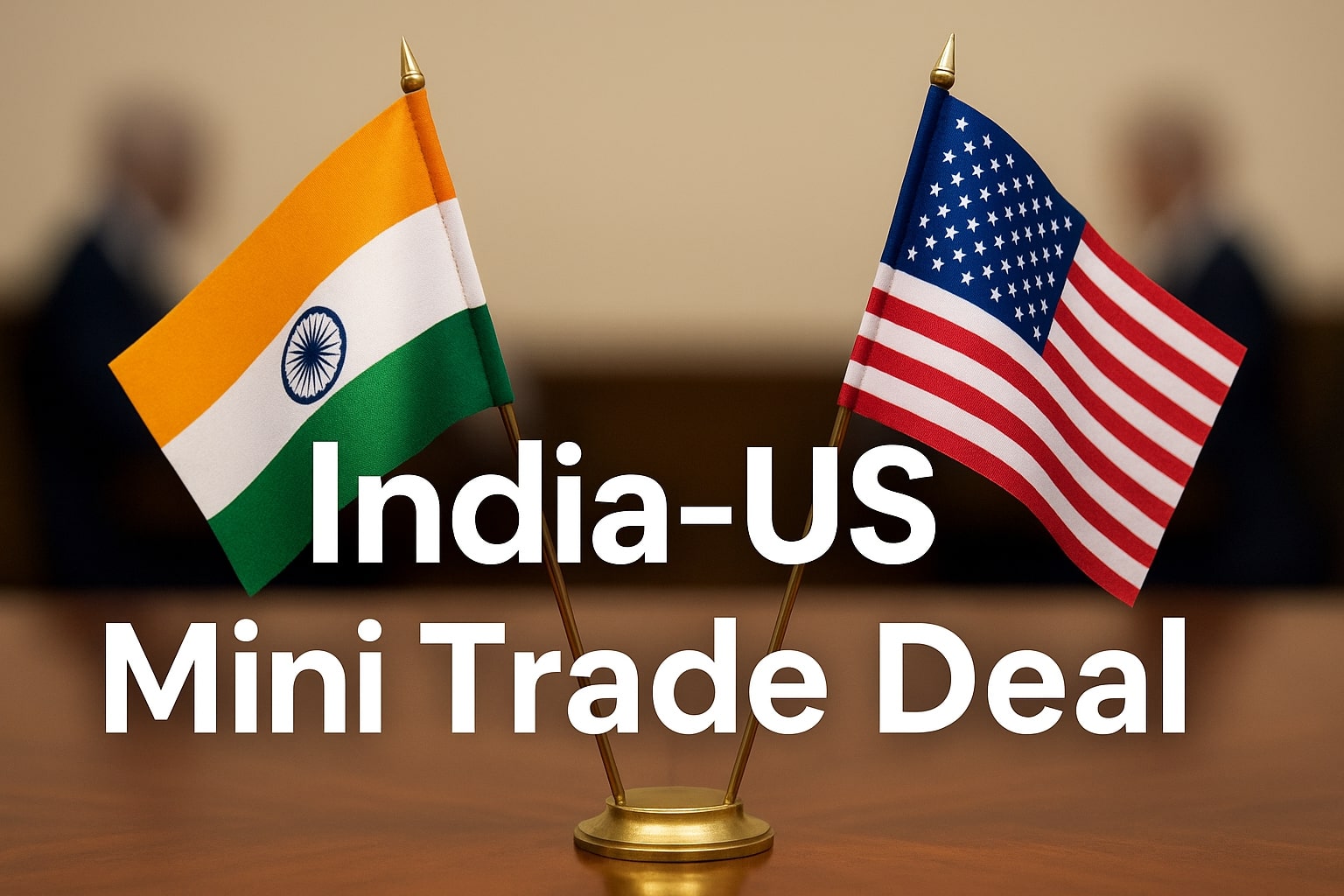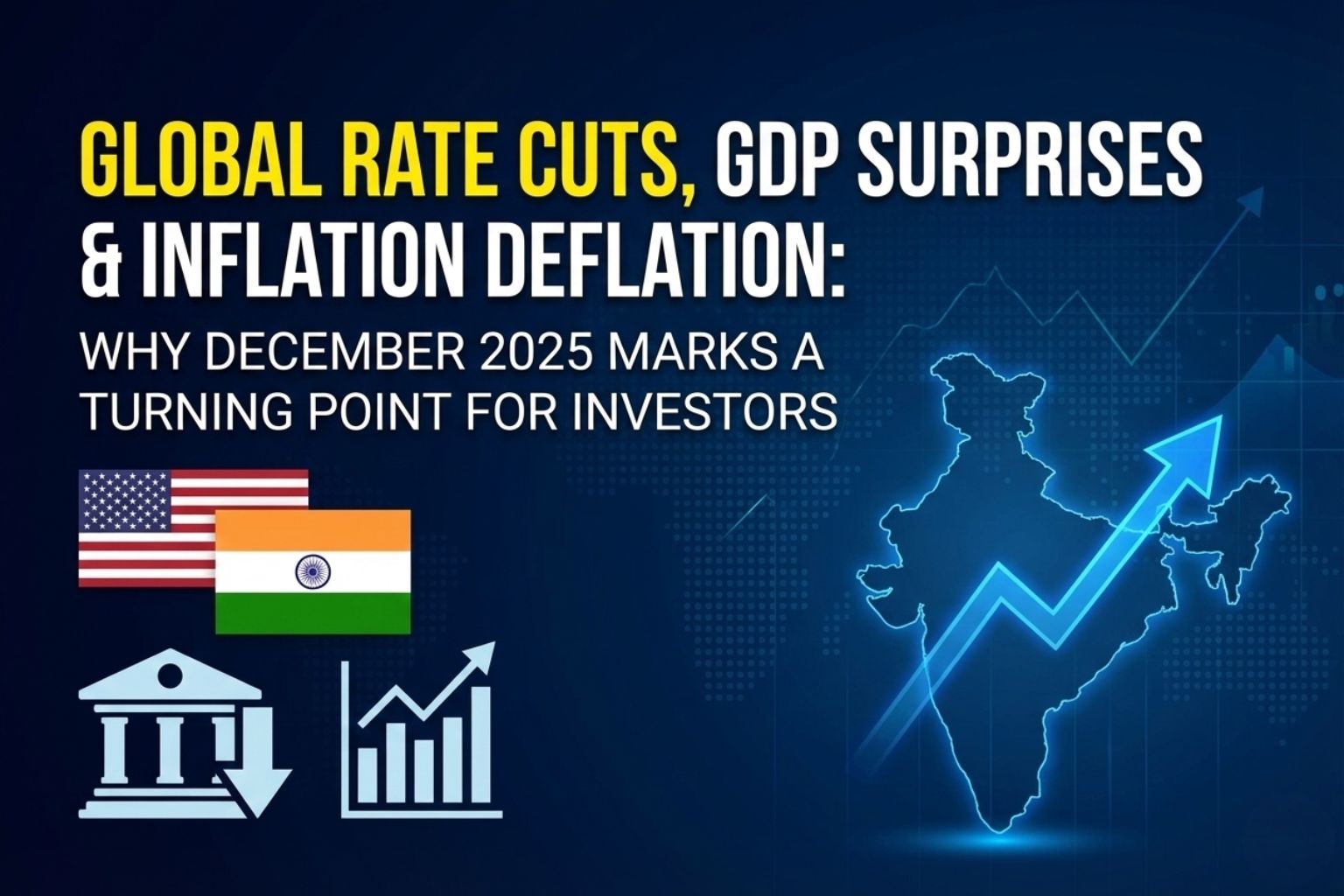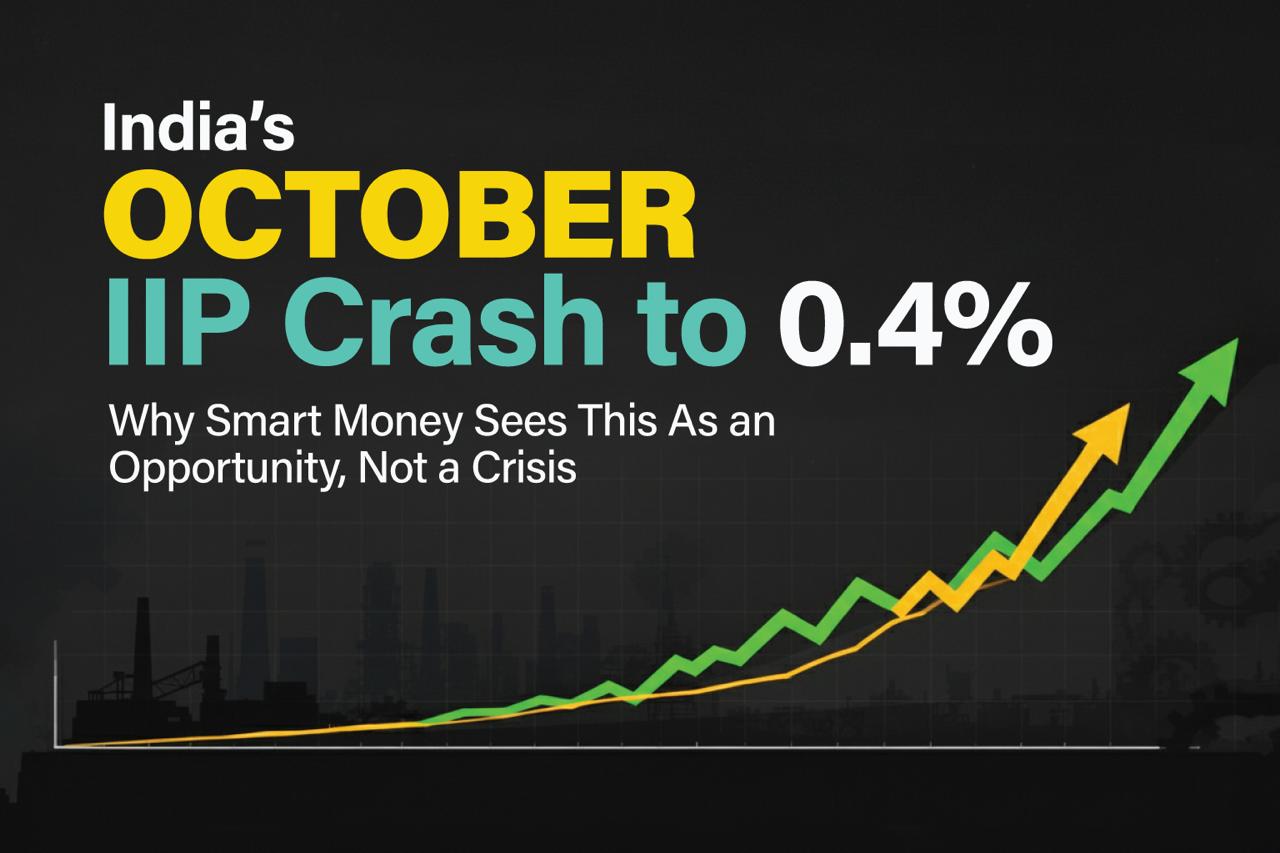
Hey friend, here’s the scoop…
1. Who’s in the room?
India has sent a high-powered delegation led by Special Secretary Rajesh Agrawal, in discussions with U.S. counterparts in Washington. Their aim? Wrap up the interim deal fast—before orders to hike tariffs roll out.
2. Why the rush by August 1?
The U.S. had previously paused reciprocal tariffs for 90 days. That clock ends on August 1, and after that, any country without a deal could suddenly see duties shoot up—some as high as 25–50%. India’s pop off the list—no tariff letter yet. That shows negotiations are still alive. But it’s crunch time.
3. What’s India holding firm on?
Two main issues:
- Agriculture & dairy: India won’t budge easily on opening its domestic dairy markets, fearing it could uproot small farmers. A full liberalization could cost ₹1 lakh crore annually—a huge political risk.
- Auto & steel parts: The U.S. wants lower duties on cars and parts. India is pushing back, arguing these are vital for its domestic industries.
4. Which Indian sectors benefit most?
If the deal gets inked:
- Pharma, chemicals: Could see smoother exports, boosting margins.
- Clothing, Textiles, AYUSH: Cheaper market access could spark a boom.
- IT services: Lower barriers could mean more business in America.
- Farm exports: If agriculture stays protected, exports are preserved while other sectors gain.
5. What about the market reaction?
Markets are already sniffing relief. The rupee has touched ~₹85.7, and stocks are holding firm despite global tariff jitters. Analysts say a mini-deal + tariffs below 20% = bullish for equities and exports. But if talks collapse, volatility could surge.
6. Timeline Snapshot
| Phase | Timeline | What to Watch |
|---|---|---|
| Mini Deal Finalized | By Aug 1, 2025 | Expect a pact capping most tariffs < 20% |
| Full Deal Talks | Fall 2025 | Deeper negotiations on agriculture, steel, autos |
| Long-term Target | By 2030 | Long-term goal: double bilateral trade from ~$190B to $500B |
7. So, how should investors think about this?
Here are smart moves you can make:
-
Stay tuned within 2 weeks of deal news—markets can move fast.
-
Focus on export-heavy sectors like pharma, chemicals, textiles.
-
Track the rupee—any deal could strengthen INR and ease imported inflation.
-
Be cautious on dairy/agri stocks—some uncertainty remains.
8. Why this matters long-term
If India plays its cards right, this deal could be a game-changer.
-
Boost exports & corporate earnings
-
Investor confidence improves: predictable trade terms attract foreign capital
-
Strengthening rupee helps imported goods and limits inflation
Final Takeaway
Yes, a mini deal by August 1 looks doable—and it could unlock a rally in Indian markets, strengthen the rupee, and boost investor and exporter confidence. But if India caves on sensitive dairy/agri issues, the payoff may be limited.
Watch this space—this is a trade you don’t want to sleep on!
Bonus Tip
If you’re not already riding the market wave, our Q7 Trading Solutions algorithm picked this up early and is already helping hundreds of families generate passive income.
Reach out to us on Telegram to get started.



